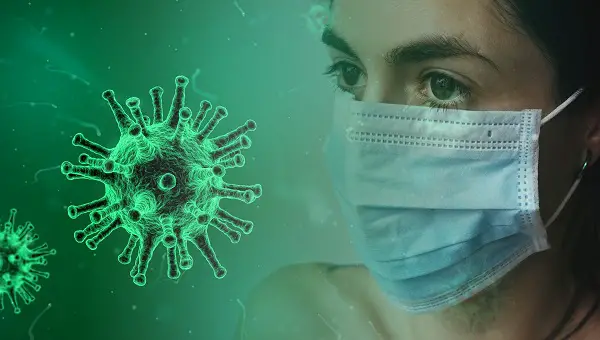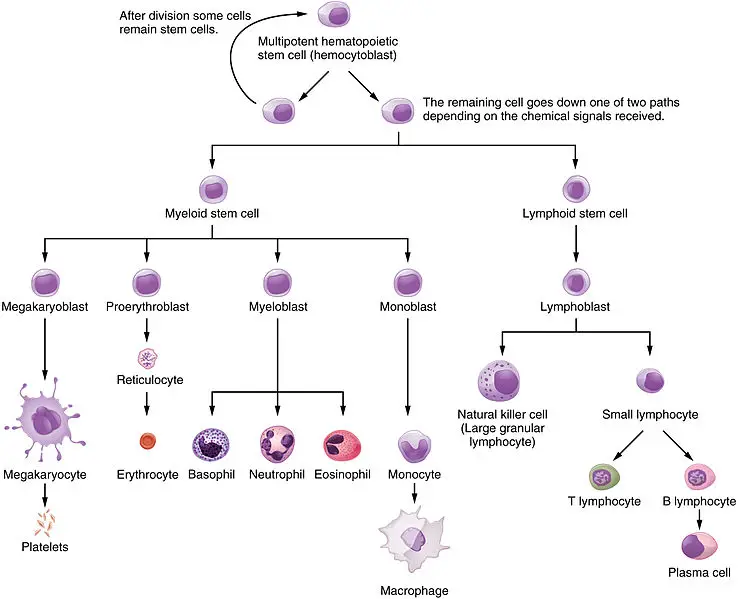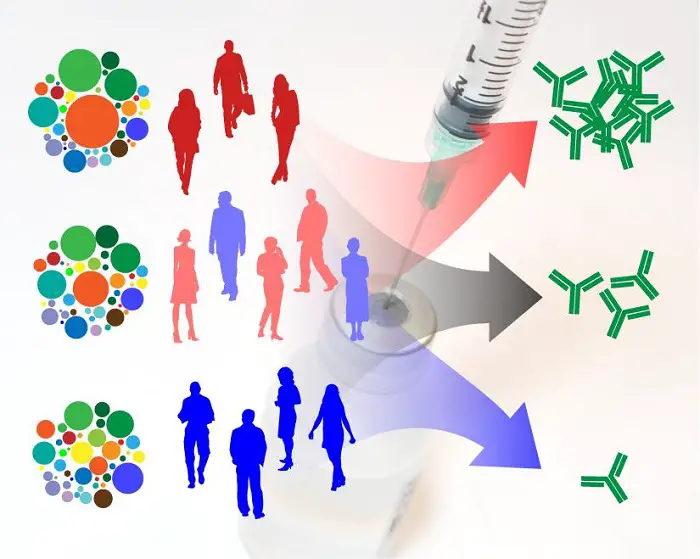Immune System
Although technically not an organ system, the immune system functions in defending against infections and cancer. Let’s learn more about it in this reviewer.
Animal Immune System: An Overview
Nearly everything in our environment teems with disease-causing pathogens. Yet we do not constantly get ill thanks to our immune system, the body’s system of defenses against agents that cause disease.
The immune systems of all animals include innate immunity, a set of defenses that are active immediately upon infection and are the same whether or not the pathogen has been encountered previously. Invertebrates rely solely on innate immunity. Circulating cells are capable of phagocytosis, the process of cellular ingestion and digestion of foreign substances.
In the vertebrates, innate immunity coexists with more recently evolved adaptive immunity. In mammals, physical barriers such as skin and mucous membrane contribute to innate barriers. Pathogens that breach such barriers are confronted by two types of innate immune cells: natural killer cells and phagocytes, both are classified as white blood cells.
Natural killer cells recognize cancer cells and virus-infected cells and release chemicals that cause the death of infected cells. The phagocytes, meanwhile, can be classified as either neutrophils or macrophages. Neutrophils are the most abundant type of white blood cell that circulates in the blood and enters tissues at sites of infection. Macrophages are large phagocytes that wander through the interstitial fluid, “eating” any bacteria and viruses they encounter.

Other components of vertebrate innate immunity include defensive proteins that attack infecting microbes directly or impede their reproduction. These include interferons that interfere with viral infections. Interferons are a group of signaling proteins secreted by virus-infected cells alarming nearby uninfected cells to produce substances that inhibit viral replication. In this way, interferons limit the spread of viruses in the body.
Additional innate immunity is provided by a group of different proteins that act together with other defense mechanisms in what is known as the complement system. These proteins circulate the blood in an inactive form and get activated by substances on the surfaces of many microbes.
A resulting cascade of steps can lead to the lysis of invading cells. Some complement proteins attach to invaders to enhance phagocytosis, others act as chemical signals to recruit more immune cells at the site, and others help trigger an inflammatory response.
The Inflammatory Response

When an insect bites us, the skin becomes red, swollen, and warm. In other words, we’ve experienced an inflammatory response, a major component of our innate immunity. Its main function is to disinfect and clean injured tissues.
For example, when a splinter has broken the skin, the bacteria activate macrophages, which produce signaling molecules that increase blood flow. At the injured site, mast cells (WBCs in connective tissues) release histamine, which induces neighboring capillaries to dilate and become leaky.
Fluid passes out of the leaky capillaries into the interstitial fluid. Along with platelets, these substances form clots that help seal off the infected region and prevent the spread of infection to surrounding tissues.
Complement proteins are activated and attract phagocytes in the area. Many neutrophils are able to migrate out the dilating capillaries and the combination of these components leads to the redness, heat, and swelling characteristic of inflammation.

The neutrophils engulf the bacteria and the remains of any body cells killed by them or by the physical injury. Many neutrophils die in the process and their remains also get engulfed and digested. This is visible to us as pus, which consists mainly of dead white blood cells. It also contains fluid that has leaked from the capillaries and other tissue debris.
Although inflammation is a natural defense, prolonged or chronic inflammation can be harmful.
Adaptive Immunity
When external barriers and internal defenses of the innate immune response fail to ward off a pathogen, adaptive defenses, ones that are customized and tailored to each specific invader, provide a second line of defense.
Adaptive immunity or acquired immunity is a set of defenses, activated in response to specific pathogens and so, differs between individuals.
Although slower to be activated than innate responses, it provides a strong defense against very specific pathogens and can amplify certain innate responses, such as inflammation and the complement system.
A molecule that elicits an adaptive immune response is called an antigen. These are molecules that protrude from pathogens or other particles and may also be substances released into the extracellular fluid, like toxins released by bacteria. When our immune system detects an antigen, it increases the number of cells that attack the invader directly or produce antibodies.
Antibodies are proteins found in blood plasma that attach to a particular kind of antigen and help counter its effects. The defensive cells and antibodies produced against a particular antigen are usually specific to that antigen but may be ineffective against any other foreign substance.
Adaptive immunity has a remarkable “memory” in that it can “remember” antigens it has encountered before, sometimes even decades later, and is able to act against them more quickly and vigorously in subsequent exposures.

“Scientists’ Model of Immune Variation and Responses to Flu Vaccination“: The frequency of a few cell populations (colored circles, left) present before vaccination may be used to predict the level of antibodies (green, right) made after vaccination. Some people (red, top) respond much better to vaccination compared to other people (blue, bottom). Scientists are trying to understand what determines these differences. Image by NIAID is licensed under CC BY 2.0.
Adaptive immunity is usually obtained by natural exposure to antigens, but it can also be achieved by vaccination or immunization. In this process, a vaccine composed of harmless variants or part of a disease-causing microbe (like inactivated bacterial toxin, dead or weakened virus, or a piece of a virus) is introduced to the immune system.
The vaccine stimulates the immune system to mount defenses against these harmless antigens, defenses that will also be effective against the actual pathogen due to their similar antigens. Once vaccinated, the immune system will be able to respond quickly if exposed to the actual microbe and such protection may last for life.
Modes of Adaptive Immunity
Whether antigens enter the body naturally or artificially, the resulting immunity is called active immunity because a person’s own immune system actively produces antibodies. It is also possible to acquire passive immunity by receiving premade antibodies. For instance, a baby may obtain the mom’s antibodies through the placenta and after birth, may get it from breast milk.
Antivenom is able to counteract poisonous snakebites as it consists of antibodies extracted from animals previously immunized against the venom. Passive immunity is temporary because the recipient’s immune system is not stimulated by antigens. Immunity lasts only as long as the antibodies do as these proteins break down and get recycled in the body after a few weeks or months.
Lymphocytes are white blood cells responsible for adaptive immunity. They are found in the blood and in the lymphatic system, which we’ll explore in the next section.
Next topic: Lymphatic System
Previous topic: Circulatory System
Return to the main article: Animal Form and Functions (Overview)
Download Article in PDF Format
Test Yourself!
1. Practice Questions [PDF Download]
2. Answer Key [PDF Download]
Copyright Notice
All materials contained on this site are protected by the Republic of the Philippines copyright law and may not be reproduced, distributed, transmitted, displayed, published, or broadcast without the prior written permission of filipiknow.net or in the case of third party materials, the owner of that content. You may not alter or remove any trademark, copyright, or other notice from copies of the content. Be warned that we have already reported and helped terminate several websites and YouTube channels for blatantly stealing our content. If you wish to use filipiknow.net content for commercial purposes, such as for content syndication, etc., please contact us at legal(at)filipiknow(dot)net